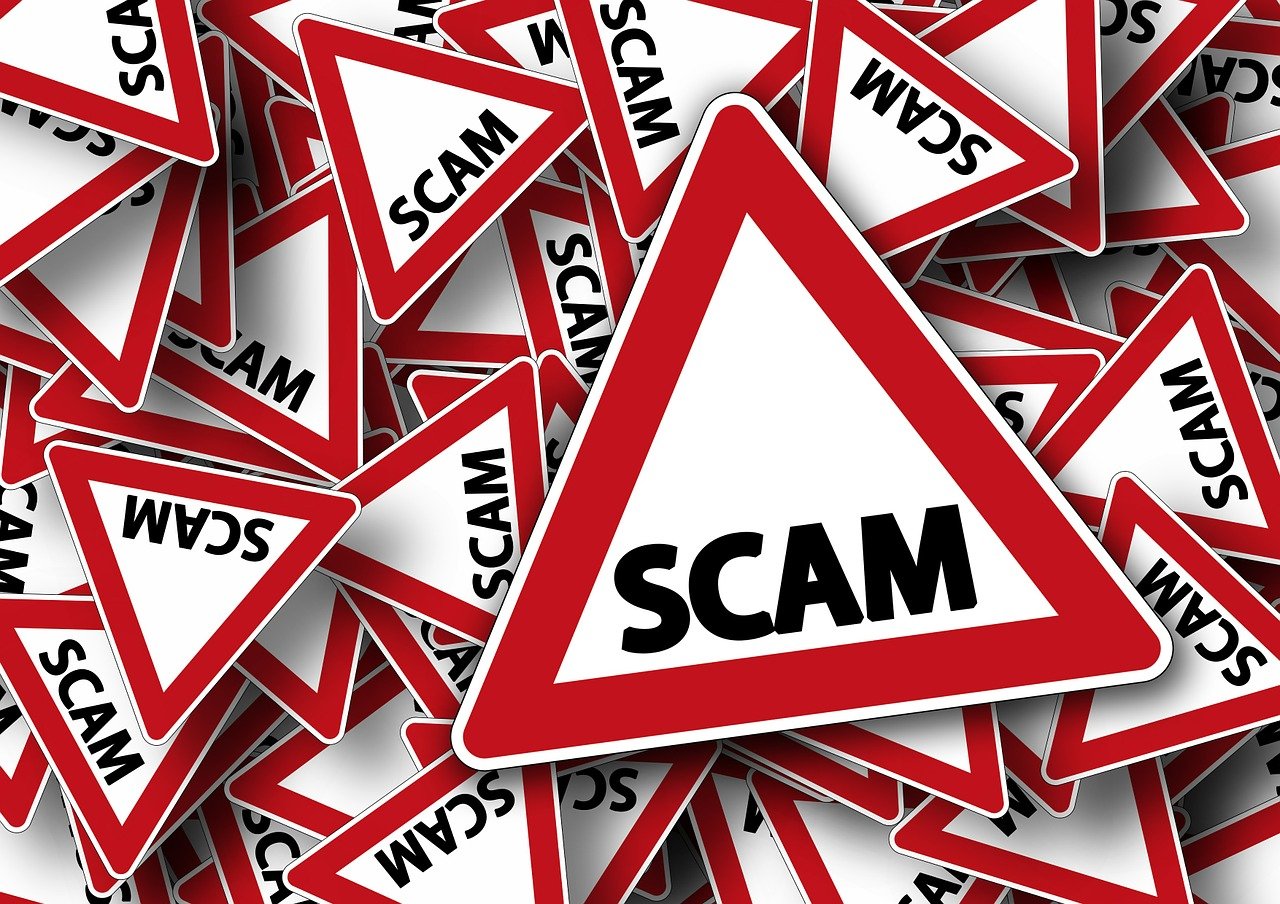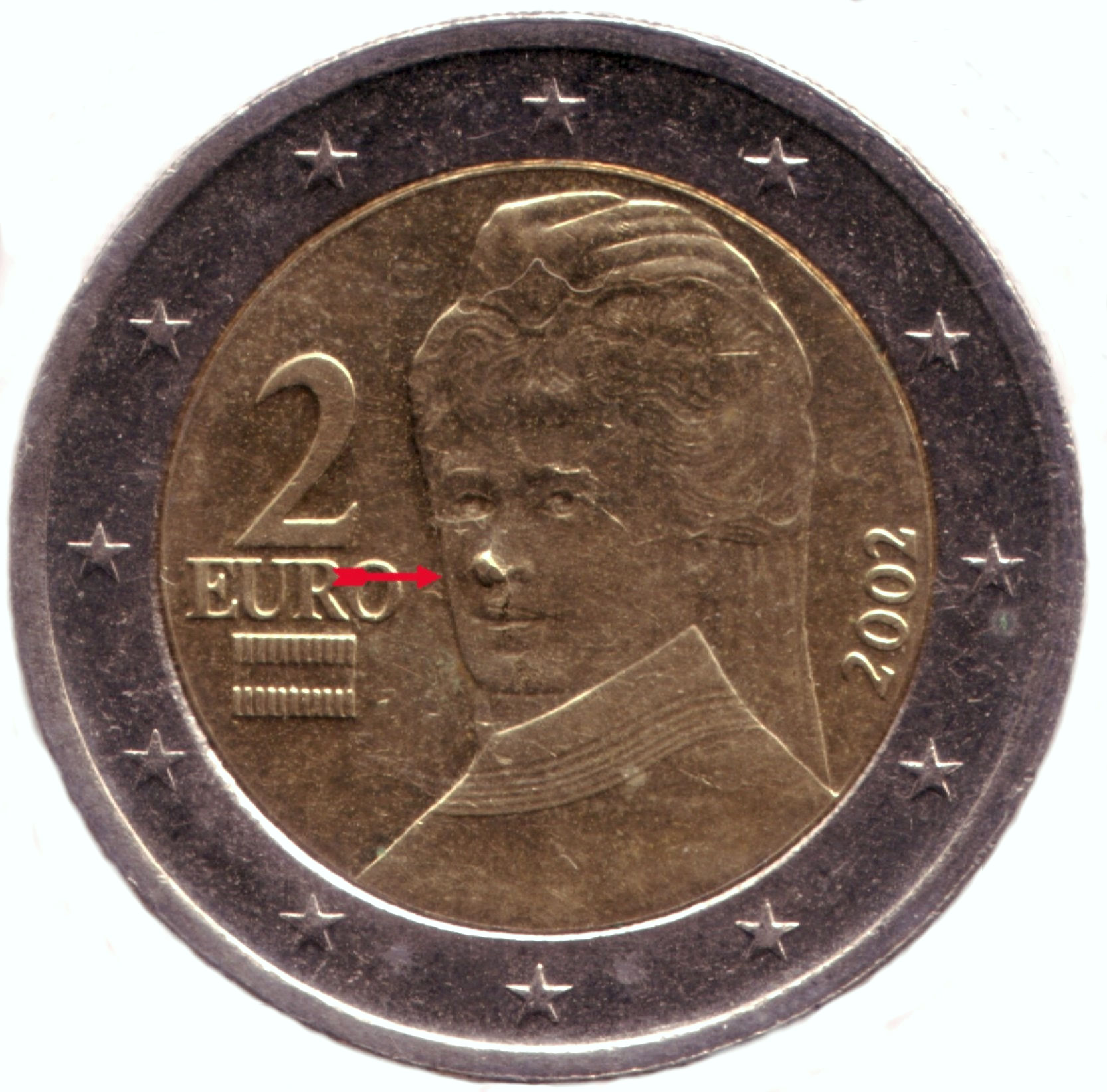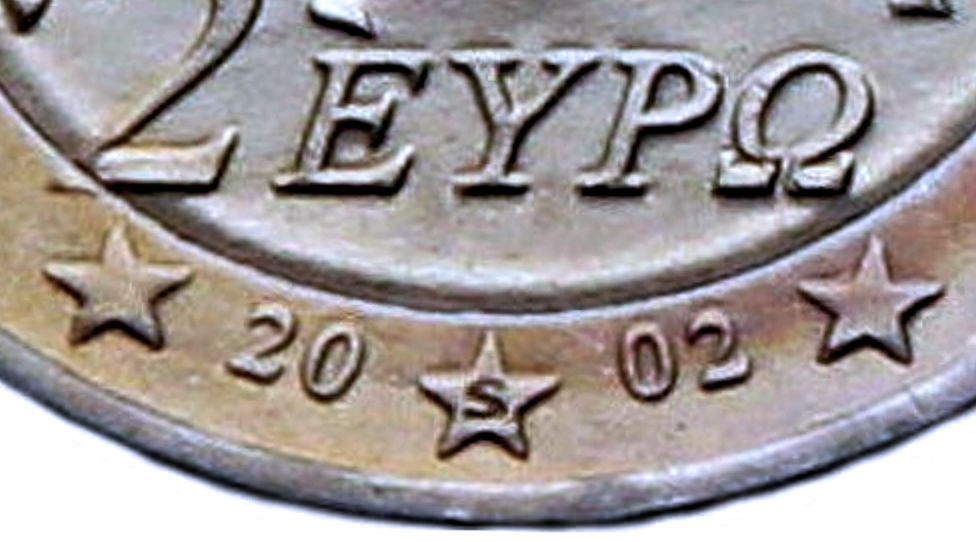Beware of This Scam! These Euro Error Coins Are Not Error Coins
by numiscontrol
The purpose of the minting process is to give a coin a permanent shape and design. Of course, nothing can last forever, but a coin’s design is supposed to be clearly visible for as long as possible. This means that coins must be able to endure quite a lot to prevent them from looking unattractive or even being replaced after a short time. Therefore, mints have experimented with various metals and tools for centuries.
Content
The purpose of the minting process is to give a coin a permanent shape and design. Of course, nothing can last forever, but a coin’s design is supposed to be clearly visible for as long as possible. This means that coins must be able to endure quite a lot to prevent them from looking unattractive or even being replaced after a short time. Therefore, mints have experimented with various metals and tools for centuries. Today, ultra-modern machines dominate a mint’s production hall. The minting process itself is often fully automated, and of course also much faster than in the past. Today’s machines can produce several hundred coins per minute. And if something goes wrong in this process, the result can actually be an error coin.
Myriads of Offers
However, many of the euro coins that are offered online – often at exorbitant prices – are not error coins at all. In fact, they are nothing but completely average specimens. If you know a little about how a coin is minted, you will be able to identify almost all possible errors that can occur throughout this process. After all, these errors can easily be explained – and this is where actual offers differ from fraudulent ones. Moreover, most of those who offer such pieces do not seem to know anything about the subject, which becomes clear when you read the descriptions. Such people only think about their own money, and do not shy away from using every trick in the book to get yours. Particularly in early 2023, alleged error coins from Croatia flooded the Internet. Many fraudsters jumped on the bandwagon although the first Croatian euro coins had only been issued as recently as a few months earlier. By looking at a few examples, I would like to demonstrate why some of these offers cannot be error coins at all and explain the actual reason for their particularities.
Beware of Fraudulent Offers
The well-known auction platform with the four colourful letters lists more than 6000 offers of “error euro coins” from Germany alone. I am sorry for departing from the numismatic jargon, but the quality of most pieces is just awful. Any collector would classify such pieces as “not worth collecting”. You should be particularly careful if the description does not indicate the alleged error at all. If such a description is paired with pictures of poor quality, do not waste your time any longer. Do not fall for an offer if you read something like:
Rare error coin, insured shipping is a must. No warranty. No return, no refund.
I sell a 2002 2-euro coin (a rare error coin) from Austria. Private offer, no return, no refund.
RARE – Coin with many errors, see pictures. No warranty, no return, no refund as it is a private transaction.
5 Examples Explained
The following five examples will illustrate in what situation you should immediately have your guard up.
Example 1
We have a 2-euro commemorative coin from Germany, 2020, J (Hamburg), 50th anniversary of the Warsaw kneefall. Price: 2,500 euros. Description: Rare error coin! Ring and centre do not match and were not put together correctly.
Explanation: Since the coin was minted in Germany, such an error is impossible. Why? When minting 2-euro pieces, the ring and the centre are put together while the motif is struck on both sides at the same time. This is a single production step. But whoever created this offer apparently did not know this. Thus, the coin was altered to create a fake error coin. If you detect this “error”, you can exchange the piece for an actual 2-euro coin. However, the altered coin lost its value as a means of payment. Hardly anyone will accept such a piece. If you buy such a coin, it will be a guaranteed loss.
Example 2
We have a 2-euro circulation coin from Germany, 2014, A (Berlin). Price: 10,000 euros. Description: Stars cut off, recessed area at the core. See pictures.
Explanation: In fact, a small gap is visible between the ring and the centre. The tips of a few euro stars are hardly visible due to the gap or appear to be cut off. Especially regarding German coins, this is a rather common phenomenon. After all – as mentioned above – ring and centre are not put together before the actual minting process. Therefore, a small gap can occur. This is not an unusual deviation and certainly does not go beyond what is considered acceptable by minting engineers. This phenomenon may also affect small areas of the euro stars, which is why they appear to be cut off. However, this does not make the piece an error coin. It is merely a minting coincidence. Moreover, the price is exorbitant and not justified at all. This piece is worth 2 euros.
Example 3
Here we have a 2-euro circulation coin (Bertha von Suttner) from Austria, 2002. Price: 1,300 euros. Description: There is a large pimple on the nose of Bertha von Suttner. The coin’s surface is not clear, this is a weak strike.
Explanation: This is in fact an error coin. The “pimple” (excess metal) on the coin was caused by a small die crack. This crack resulted in a small hole, which was filled with the coin metal during the minting process. The die crack is probably a result of wear and tear. This error coin can be easily identified due to the excess metal on the nose. This phenomenon is rather common regarding pieces from 2002. If you are lucky, you can even find such a piece in circulation. Regarding the coin’s surface, it can be said that it shows signs of wear and tear. Some details are no longer clearly visible. However, this is completely normal for a piece of 2002. If a coin circulates for a while, it will inevitably show signs of wear and tear, the motif is no longer crystal clear but seems a bit blurred. I cannot understand why the offer presents this specimen as a weak strike. Due to the poor quality, the coin is worth about 6 to 10 euros to collectors.
Example 4
Here we have a 1-euro circulation coin from Greece, 2002, minted by the mint of Finland (S). Price: 309 euros. Description: 1-euro coin from Greece – 2002. The star at the bottom displays an “S” by mistake. There is another minting error regarding the owl – the eyes, the wing, the shape as well as the entire background are not minted correctly. THIS IS AN ERROR COIN IN EVERY REGARD.
Explanation: This is not an error coin. The “S” on the star at the bottom was intentionally placed on the motif. It is short for “Suomi”, i.e. Finland. In 2002, some Greek euro coins were produced by foreign mints. You can find this piece of information in any euro coin catalogue. Unfortunately, the offer does not tell us what is supposed to be wrong about the owl’s eyes, wing, shape and the background. I, for one, do not see an error here. The piece displays clear signs of wear and tear. However, this is absolutely normal and was not caused during the minting process. Thus, the piece does not display a single error and is worth 1 euro.
Example 5
Here we have a 10-cent piece from Austria, 2007. Price: 509 euros. Description: RARITY! 10-cent euro coin with the old map, UNIQUE 2007 piece from Austria, rare error coin. RARITY!
Explanation: This is a normal 2007 10-cent coin from Austria. In 2007, Austria used the (old) map with 15 EU member states, which is absolutely correct. It was only in 2008 that the map on Austrian 10-cent coins was replaced with the new map of the European continent. Thus, this is not an error coin. More than 81 million specimens of this piece were minted and put into circulation. It is worth 10 cents.
Conclusion
To say it right away: if you are a collector but do not own a coin catalogue, it is completely on you if you fall for such offers. Many of the explanations I gave in this text are mentioned in every coin catalogue. And even the so-called “mysterious S” on the euro stars of some Greek pieces is explained in such works. Of course, you need knowledge and experience when it comes to the minting process. A long-time passion for collecting is a good starting point. You will improve your skills by talking to like-minded people, sharing insights with them. Those who regularly study their coins and question every detail about them will eventually get to a point where you can only roll your eyes at such offers and smile. But I would consider that inappropriate as well – especially if such offers are made to intentionally fool others. To me, many of these offers are nothing but blatant frauds, criminal offences even – “ignorantia legis non excusat” (ignorance of the law excuses no one).







